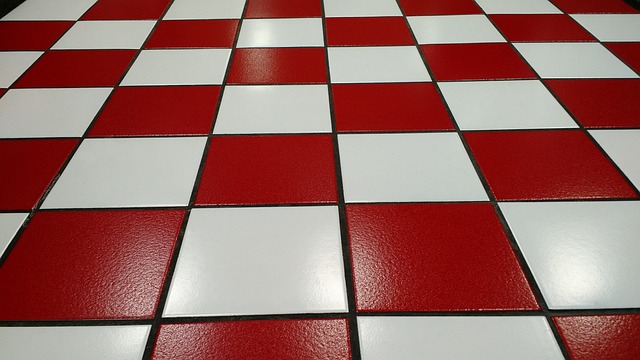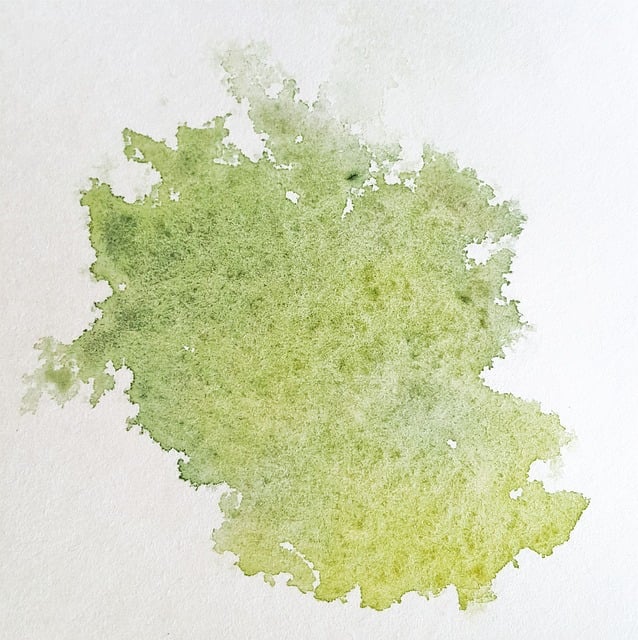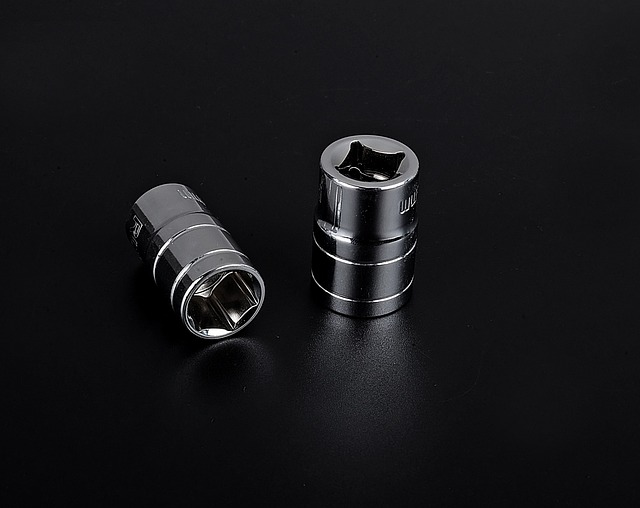Understanding grout composition and its porosity is key to effective stain removal. Identify stain causes like hard water or organic compounds, then employ targeted cleaning strategies. Essential tools include a grout brush, mild cleaner, and baking soda paste for various stains. Regular cleaning with detergent and warm water, followed by sealant application, prevents future stains. Choose between natural (baking soda, vinegar) or chemical cleaners based on severity; use sparingly and with caution to avoid damage.
Tired of unsightly grout stains spoiling your tiles? Discover swift and effective grout stain solutions! This comprehensive guide unravels common causes, equips you with essential tools, and offers a step-by-step cleaning process. Learn the pros and cons of natural versus chemical solutions. Explore preventive measures to keep stains at bay and avoid costly mistakes. With these tips, achieve sparkling grout and elevate your home’s aesthetics effortlessly. Unlock the secret to efficient grout stain removal now!
Understanding Grout Stain Causes

Understanding what causes grout stains is the first step in effective grout stain removal. Grout, a material composed of sand, cement, and water, is inherently porous, making it susceptible to absorbing liquids and stains from various sources, including spills, dirt, mold, and mildew. Over time, these substances can penetrate the grout’s surface and depth, leading to unsightly discoloration.
Identifying the specific stain cause is crucial for choosing the most appropriate grout stain removal method. For instance, mineral deposits left behind by hard water can create white or light-colored stains, while organic compounds like coffee, tea, or mold can result in darker, more discolored patches. Knowing whether the stain is surface-level or has penetrated deeper into the grout allows for targeted cleaning and restoration efforts.
Essential Tools for Stain Removal

When tackling grout stain removal, having the right tools is essential for achieving optimal results. A few staple items in your cleaning arsenal will make the process much smoother and more effective. Start with a good quality grout brush, designed to reach tight spaces and scrub away stubborn stains. These brushes often have sturdy bristles made from materials like nylon or stainless steel, ensuring they can withstand the abrasion of removing grout discolouration.
Additionally, invest in a versatile cleaner that is specifically formulated for grout stain removal. Look for products that contain enzymes or acid-based ingredients, which are highly effective at breaking down and eliminating organic stains. Always test any cleaning solution on a small, inconspicuous area first to ensure it doesn’t damage the grout or surrounding tiles.
Step-by-Step Guide to Cleaning Grout

Cleaning grout stains can be a tedious task, but with the right approach, it’s a manageable one. Start by gathering your tools and materials, including a stiff-bristled brush, a mixture of warm water and mild detergent, and an old rag or cloth. First, identify the type of stain; whether it’s from dirt, mold, or oil. For simple stains, apply the warm soapy water directly to the grout using the brush, gently scrubbing in circular motions. This initial step helps to loosen any built-up grime.
For more stubborn stains, create a paste using baking soda and water, applying it to the affected areas and leaving it for around 15 minutes to allow absorption. Once time is up, use the stiff brush to scrub vigorously before rinsing with clean water. Dry the grout thoroughly with your cloth afterwards to prevent any moisture damage and ensure a stain-free result. Regular cleaning and maintenance will help keep grout looking fresh and new.
Natural and Chemical Solutions Compared

When it comes to grout stain removal, there are two primary approaches: natural solutions and chemical cleaners. Natural methods often involve using everyday household items like baking soda, vinegar, or lemon juice. These substances can effectively lift stains through gentle chemical reactions, making them ideal for delicate surfaces or those who prefer eco-friendly options. For instance, a mixture of white vinegar and baking soda can create a powerful cleaning agent that cuts through grease, grime, and even some types of grout stains without harsh chemicals.
On the other hand, chemical solutions are specifically formulated to target and dissolve stains. While they might deliver faster results, many traditional grout cleaners contain strong chemicals that can be harsh on both your hands and the environment. However, modern advancements have led to the development of safer and more user-friendly chemical options, offering a balance between effectiveness and gentleness. These products are designed to penetrate and break down stains, leaving your grout sparkling clean without resorting to potentially damaging or harmful substances.
Preventive Measures for Future Stains

To prevent future grout stains, start by regularly cleaning your tiled surfaces with a mild detergent and warm water. This simple practice helps remove loose dirt and grime before they set in. Additionally, consider using a grout sealant after cleaning to create a protective barrier against stains. These sealants fill in the pores of the grout, making it more resistant to moisture and common staining agents.
For existing stains, don’t panic! There are effective grout stain removal solutions available. Acid-based cleaners can cut through tough stains, but use them sparingly as they can damage tile over time. Alternative methods include using baking soda and vinegar for a natural, gentle clean or applying a commercial grout cleaner tailored to your specific stain type.
Common Mistakes to Avoid When Removing Grout Stains

When tackling grout stain removal, it’s easy to make mistakes that can prolong the process or even worsen the stain. A common error is attempting to use harsh chemicals without proper protective gear, which can be dangerous and ineffective. Always wear gloves, safety goggles, and a mask when handling bleach or other strong cleaners. Another mistake is not identifying the type of stain correctly; different stains require specific approaches. Avoid assuming a single solution will work for all.
Additionally, insufficient agitation or lack of coverage can lead to subpar results. Ensure you thoroughly scrub the stained area with a stiff-bristled brush to loosen debris and grime. For more stubborn stains, consider using a grout stain removal tool designed to penetrate deep into the grout lines. Never rush the process; allow sufficient time for the chosen method to take effect, following product instructions carefully for optimal grout stain removal.
